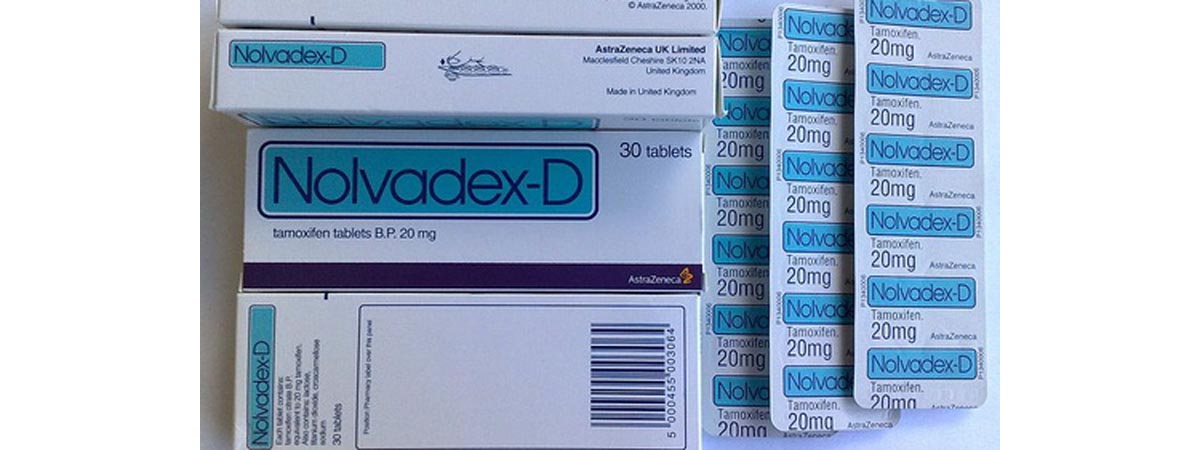Table of Contents
You won’t just walk into your local supplement store or health food shop and find a bottle that reads “Testosterone Supplement.” If you do, turn tail and run – generic supplements like this, with no information on them may be safe, but they’re generally worthless.

Your product should be labeled clearly with exactly what it is. Just like you get different types of protein powder – whey, casein, soy, pea, hemp, rice, etc. and different vitamins and minerals, you also get different testosterone boosters. We’ll break test boosters down into the most popular forms to take a look at the effects each one has.
Tribulus Terestris
Tribulus terestris, or trib, is the most commonly used testosterone supplement. It actually comes from a plant that’s found in Europe, Asia, Africa and Australia, and the main active compound in it is protodioscin.
Trib stimulates your pituitary gland to produce more testosterone, by promoting an increase in the luteinizing hormone. As well as boosting testosterone, tribulus terestris also increases your blood levels of nitric oxide, which has also been associated with an increased rate of muscle growth and strength gains.
D Aspartic Acid
D Aspartic acid is a relative newbie in the testosterone supplement game, but is rapidly gathering a positive reputation and a large following in the supplement world. It’s an amino acid (one of the building blocks of protein, much like creatine, glutamine and leucine) and like tribulus terestris, stimulates increased production of the luteinizing hormone. This also aids an increase of testosterone release from the testes, meaning it has a double pronged attack my increasing not only increased test production, but also releasing a higher percentage of the test you already produce.
DHEA (Dehydroepiandrosterone)
DHEA walks the natural line. Many organizations and federations actually have it on their banned substances list, so you need to be careful.
It works by acting on the androgen receptor and can eventually boost testosterone. Natural levels of DHEA peak between the ages of 25 and 30, but start to drop off after that. So typically males from their mid-30s onward tend to use and benefit most from DHEA supplementation.
Anti-Estrogens
Just as women produce testosterone, men produce estrogen.
While a certain amount is needed, estrogen has sort of an opposite effect to testosterone. It can act to increase fat gain and prevent muscle gain. Your ratio of testosterone to estrogen is important, and ideally you want as big a ratio in favor of test as possible. When testosterone levels are high, your body produces an enzyme called aromatase that works to convert excess testosterone into estrogen. Fortunately for all the muscle building guys out there though, anti estrogenic supplements reduce the impact that aromatase has.
Potential Side Effects
As with any supplement, testosterone boosters do carry the risk of several side effects.
When starting on a testosterone supplement, you may suddenly notice an increase in all the functions testosterone is designed to facilitate. These include hair growth, sex drive, and libido.
On top of this, you may experience an onset of acne and oily skin. While the notion of the general public that taking testosterone (and in particular anabolic steroids) leads to “roid rage” is relatively unfounded, you might find yourself feeling a little more aggressive, though this will more likely translate to an increased level of drive and aggression in the gym.
Provided you stick to the recommended dosage and consult your Doctor before taking any products, testosterone supplements are generally safe.
- ”Testosterone Booster Guide: Ingredient Profiles, Dosages & Information”
- Accessed on August 24th 2013
- Retrieved from http://www.muscleandstrength.com/expert-guides/test-boosters
- Photo courtesy of fsecart by Flickr : www.flickr.com/photos/fsecart/648521701/
- Photo courtesy of Editor182 by Wikimedia Commons : en.wikipedia.org/wiki/File:Nolvadex.jpg


Your thoughts on this